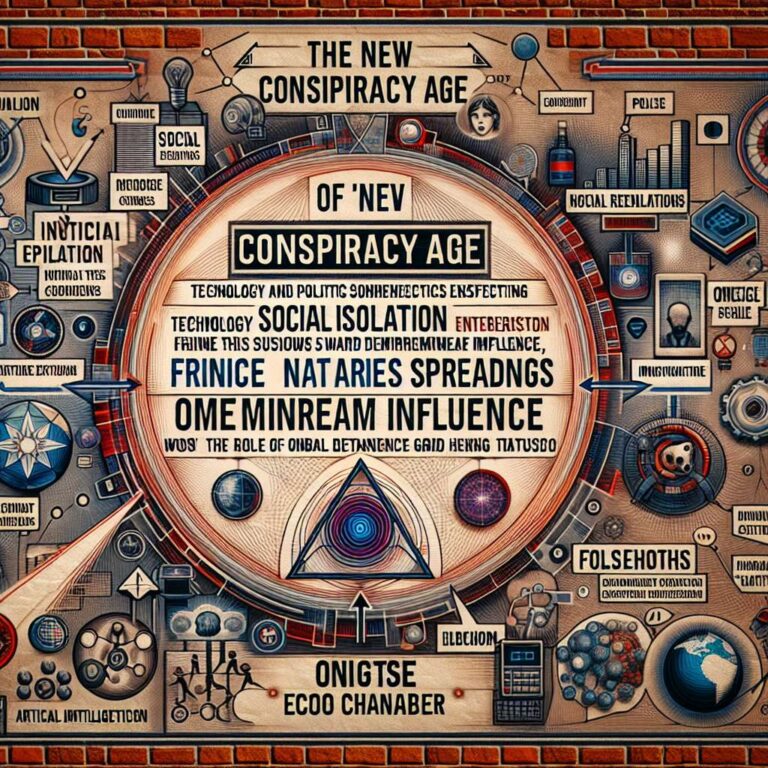MIT Technology Review is launching a new series, the new conspiracy age, to examine how a mix of technology and politics has boosted once-fringe ideas into mainstream influence. The piece argues that conspiracists have found their way into the White House and that institutions are straining under deep suspicion and the social effects of covid isolation. Online echo chambers and generative artificial intelligence are described as key forces that make it easier than ever for falsehoods to spread and for fringe narratives to take hold.
The package opens with a feature by Dorian Lynskey explaining why it is now easier to be a conspiracy theorist. The series will publish a different story from the package in the coming days in the Download newsletter. The edition also highlights related technology and policy developments, linking the rise of conspiratorial thinking to broader challenges facing science and public life.
The newsletter bundles reporting across topics. It summarizes a memo from Bill Gates, who frames himself as a major funder of climate innovation through Breakthrough Energy, founded in 2015, and who offered priorities for negotiators ahead of the UN climate meetings. It flags several must-read stories, including reports that US homeland security shared misleading videos of immigration operations, Character.AI’s decision to ban under-18s amid lawsuits, and the report that the president directed the pentagon to resume nuclear testing after decades without such tests.
Technology items include a first deployment of a Google DeepMind model by the US national hurricane center to predict Hurricane Melissa, a record-label deal with an artificial intelligence music firm, and questions about whether companies are using artificial intelligence as a fig leaf for layoffs. Lighter and wider items range from Meta Ray-Ban users filming workers without consent to a growing debate over artificial intelligence agents in freelance work, and a popular app producing artificial intelligence-generated dog videos for podcasting.
The edition closes with a science feature on cellular reprogramming, recounting a Kyoto University discovery that a set of proteins can revert skin cells to stem-like cells and noting that biotech groups are exploring age-reversal applications. A quoted joke about Meta’s Reality Labs earnings serves as a cultural aside.

